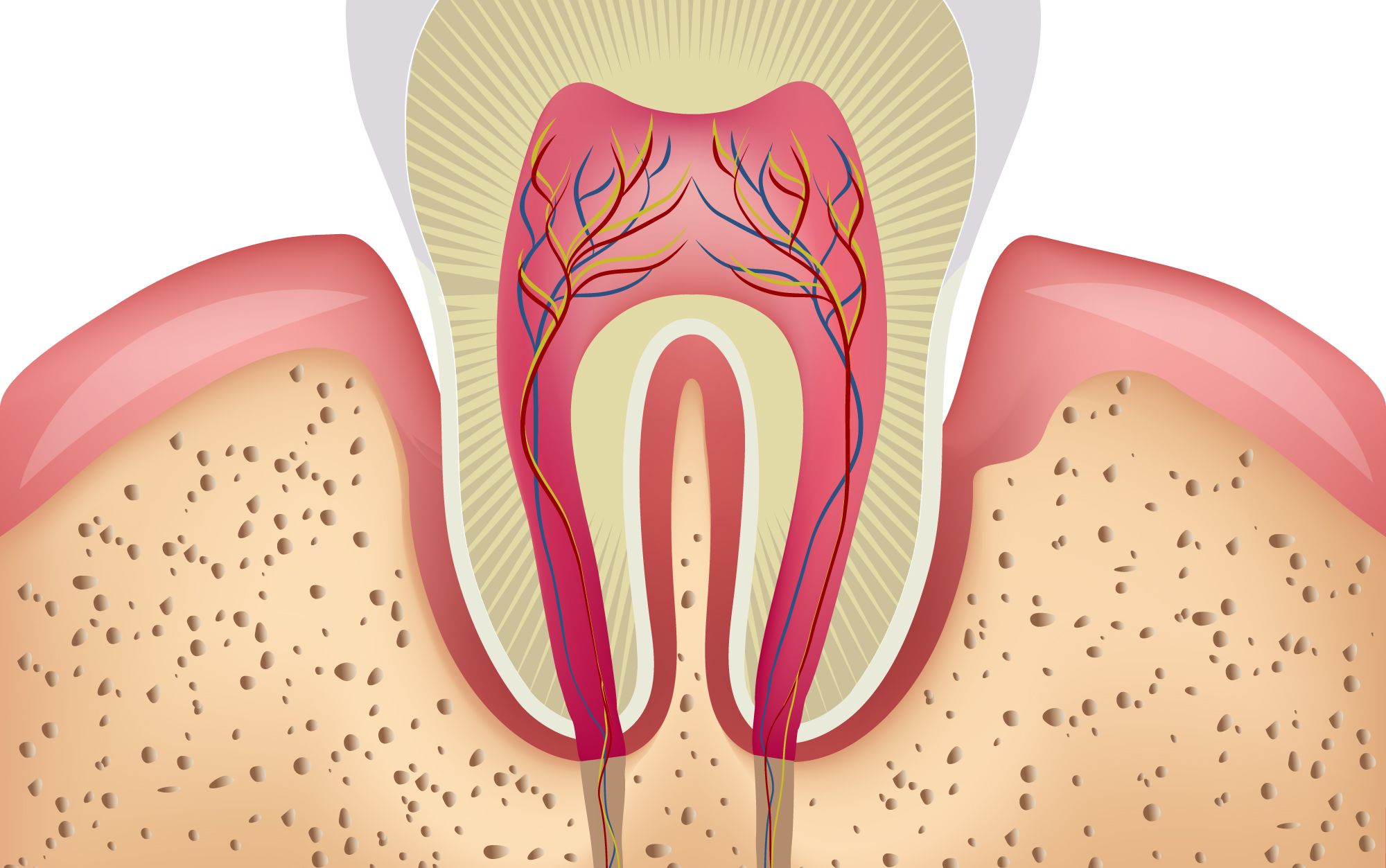Dental Attrition vs. Abrasion: What You Should Know
 The teeth are subject to many forces every day. For some, these forces are more extreme than in others. Over time, this can lead to dental damage in the form of dental attrition or abrasion. Fortunately, restorative dentistry treatments can be used to address dental damage caused by attrition and abrasion. But what exactly are these conditions and how can you protect your smile? Learn more about dental attrition versus abrasion in this overview from Harrisburg, PA dentist Warren D. Silvers, Sr.
The teeth are subject to many forces every day. For some, these forces are more extreme than in others. Over time, this can lead to dental damage in the form of dental attrition or abrasion. Fortunately, restorative dentistry treatments can be used to address dental damage caused by attrition and abrasion. But what exactly are these conditions and how can you protect your smile? Learn more about dental attrition versus abrasion in this overview from Harrisburg, PA dentist Warren D. Silvers, Sr.
What Is Dental Attrition?
Dental attrition is a form of dental wear caused by tooth on tooth contact. The friction caused by the teeth rubbing against one another can wear away the biting surfaces of the teeth over time. Although some degree of attrition is often observed as part of the aging process, some people may experience more rapid and advanced attrition as a result of dental disorders.
Teeth grinding and clenching, also known as bruxism, is one of the biggest pathological causes of attrition and can lead to severe dental wear and damage if left untreated. In severe cases of attrition, the protective layer of the teeth, the enamel, can become worn to the point that the inner dentin of the teeth is exposed, leading to tooth decay and increased dental sensitivity.
The Signs and Symptoms of Dental Attrition
In addition to tooth decay and increased dental sensitivity, the signs and symptoms of dental attrition also include:
- Loss of tooth structure including a flattening or thinning of the teeth
- Damage or failure of prior dental restorations
- Increased dental pain due to loss of the enamel layer
- Sore or tender gums
- Tooth discoloration as a result of loss of enamel and exposure of the dentin layer
What Is Dental Abrasion?
Dental abrasion is another form of dental damage caused by the forces applied to the teeth. Rather than being caused by tooth on tooth contact, abrasion is typically caused by outside elements, like aggressively brushing the teeth. Abrasion begins with the wearing down of the enamel. If left untreated, abrasion can wear through the enamel, through the inner dentin, and eventually reach the cementum, which helps secure the teeth within the jawbone.
Aggressively brushing the teeth, which includes using too much pressure, use of hard-bristled toothbrushes, abrasive toothpaste, or a combination of all three, can quickly wear the enamel, sometimes leading to ridges within the surfaces of the teeth. The regular use of toothpicks can also lead to abrasion.
The Signs and Symptoms of Dental Abrasion
Dental abrasion can cause small, v-shaped ridges on the surface of the teeth that face the cheeks. Tooth decay may also be present, and in severe cases, tooth loss may occur. A common symptom of dental abrasion is increased dental sensitivity due to the loss of dental enamel. As a result, pain may be felt when eating or drinking hot or cold items.
Discover Your Treatment Options
There are many dental treatments available to address attrition and abrasion, including dental crowns and porcelain veneers. To learn more about your treatment options, we invite you to schedule a consultation with Dr. Silvers.



